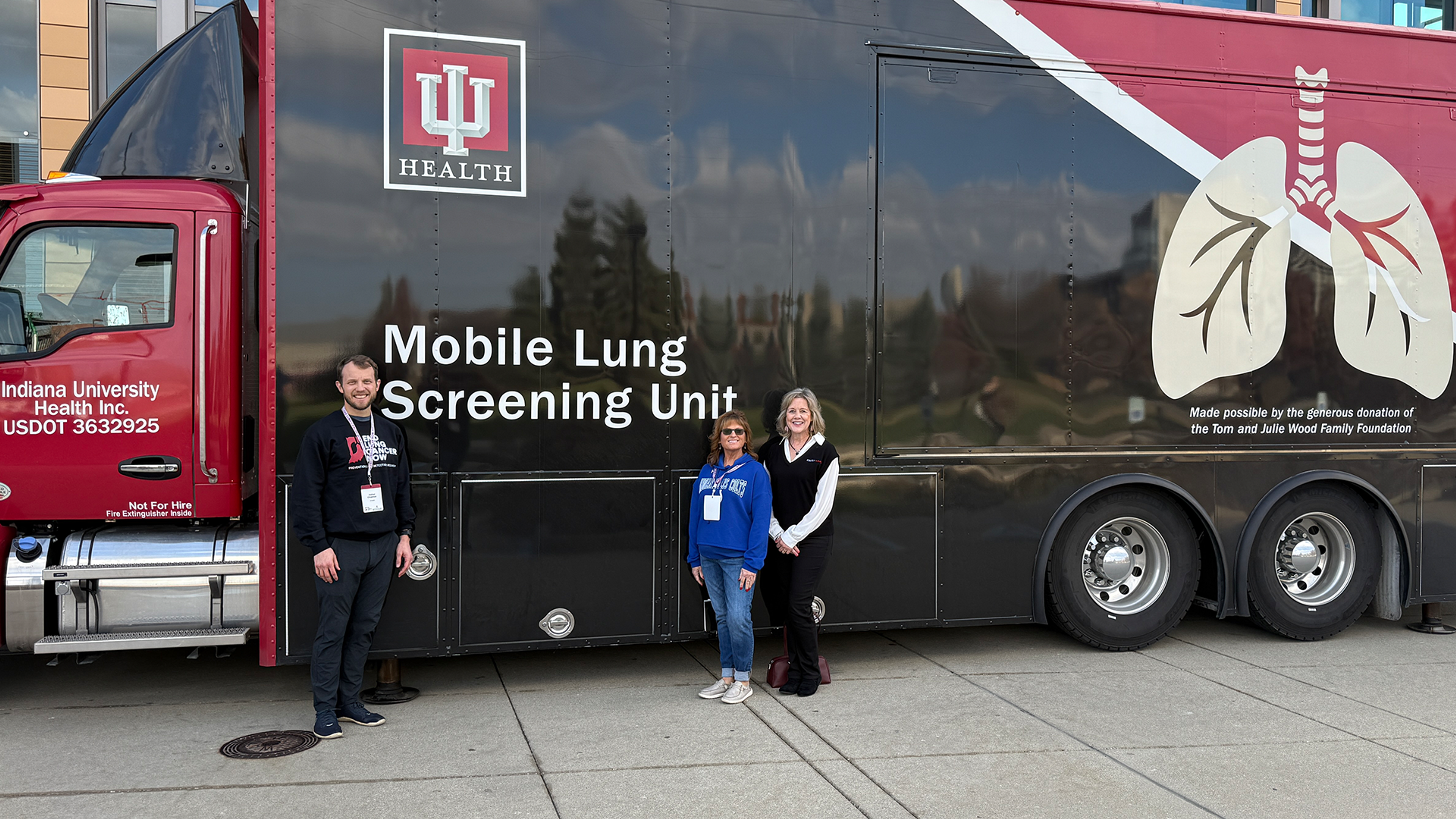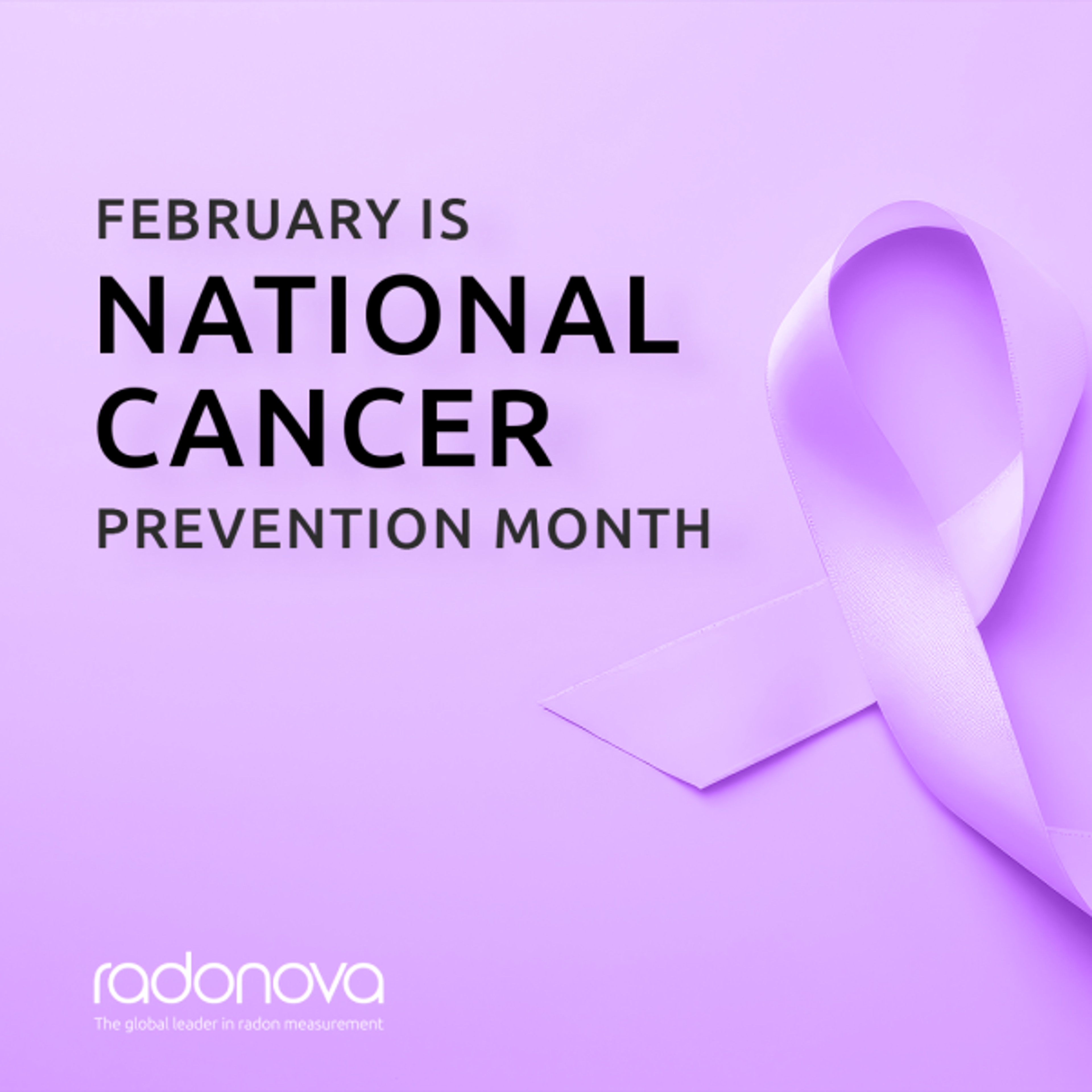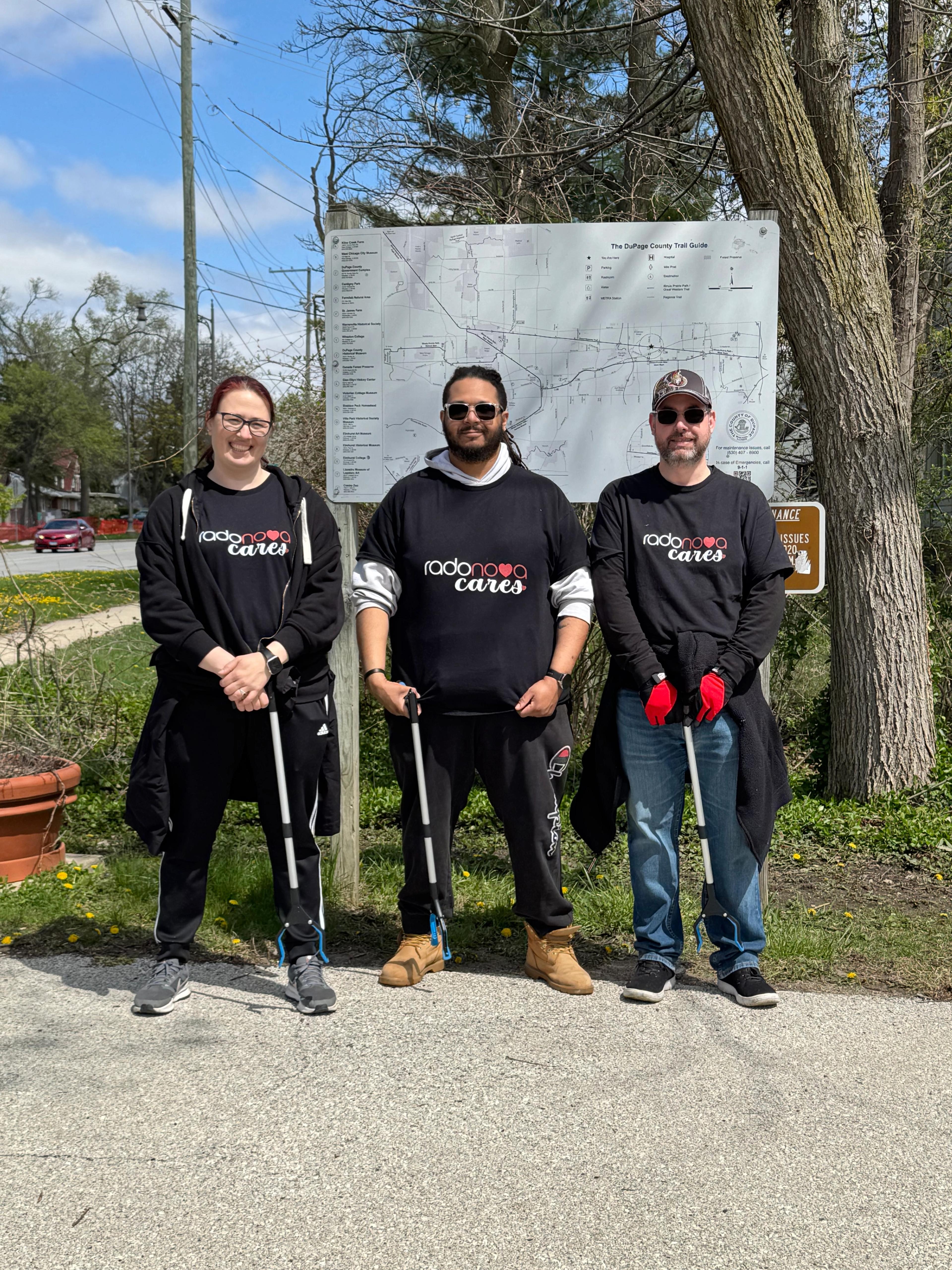

10 Actionable Tips to Prevent Cancer during National Cancer Prevention Month
“An ounce of prevention is worth a pound of cure.”
– Benjamin Franklin
Last year over 600,000 Americans and 86,000 Canadians died from cancer, making it a leading causes of death in both countries. Research states that more than 40% of cancer cases have a preventable cause. February is National Cancer Prevention Month in the United States and has the goal of reducing the risk of cancer for everyone.
Radon testing is just one preventive action you can take to protect your family from cancer. Here are ten more actions to consider:
- Don’t smoke or decide to quit.
- Avoid being around people who are smoking.
- Use sunscreen and cover exposed skin when outdoors, including wearing sunglasses.
- Avoid being in the sun during the hottest hours of the day.
- Be physically active at least 30 minutes each day.
- Even better, engage in aerobic exercise 3-5 times per week.
- Get a regular mammogram and/or colonoscopy – and ask your doctor about getting screened for cancers such as skin, breast, colon, lung, cervical, and prostate cancer.
- Know your family history of cancer and share the information with your doctor.
- Eat a diet rich in fruits, vegetables, and whole grains.
- Drink alcohol in moderation, if at all.
U.S. and Canada Cancer Data
Cancer Facts and Figures for 2024 from the American Cancer Society and the Canadian Cancer Statistics Dashboard state that the top three types of cancer in men are prostate, lung, and colon cancer. The top three in women are breast, lung, and colon cancer.
For the U.S. and Canada, the number one cancer that people die from is lung cancer for both men and women. Although the top cause of death among the cancer types, lung cancer deaths have been decreasing because of reduced smoking rates, improved treatments, access to screening, earlier detection, and radon awareness initiatives.
Radon and Lung Cancer
Radon is the number one cause of lung cancer in people who have never smoked and the number two cause of lung cancer in the U.S. and Canada.
Radon is a naturally occurring radioactive gas that forms from the breakdown of uranium in the soil and rock around one’s home, school, and workplace. It seeps into homes and buildings through gaps in the foundation, cracks in floors and walls, basements, floor joints, sump pumps, porous cinder blocks, etc. Radon then becomes trapped within homes and buildings where the radioactive gas is inhaled.
Radon has a 3.8 day half-life which allows the gas to be trapped indoors where it will decay into Polonium 218 and 214. When inhaled into the lungs, radon decay products with shorter half-lives decay into radioactive alpha particles that can damage the DNA of cells lining the lungs. These damaged cells can eventually become cancerous. Long-term exposure to radon over several years causes lung cancer.
National Cancer Prevention Month
Reducing preventable cancer has been the goal each February since 2014, when National Cancer Prevention Month was first observed. The month is a reminder to move more and sit less, wear sunscreen, not smoke, and eat a balanced diet. February falls near the end of winter which is the perfect time to test your home for radon.
If you’ve tested your home and the radon level is above the actionable limit of 4.0 pCi/L in the United States or 200 Bq/m3 in Canada, then contact a certified radon mitigation specialist who can help bring your home radon levels down to an acceptable level.
Click here to stay informed about radon industry news and product discounts.
Published
February 13, 2024




